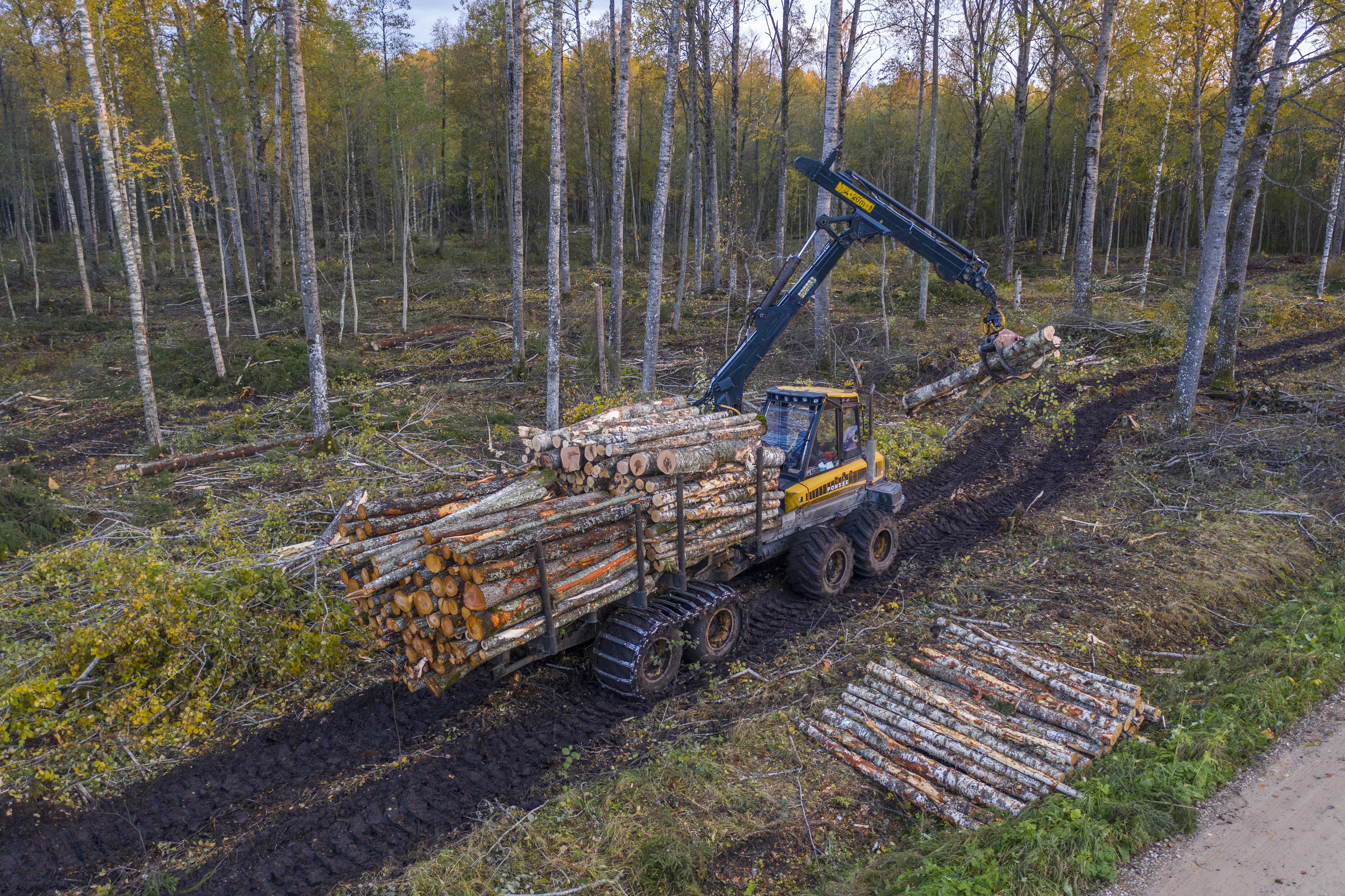Science-based, sustainable forest management can ensure that the economic, social, and ecological objectives of the forests are met

Sustainable forestry takes into account four aspects – economic, social, ecological, and cultural considerations. Sustainable forestry refers to the management of forests in such a way as to ensure their biodiversity, productivity, regenerative capacity, viability, and the potential to ensure these four aspects.
Prudent use of the forest is one of the important ways to ensure the development of society. Diverse forest communities provide habitats and growing sites for many species. Timber, however, is a building material, a raw material for industrial and consumer goods, and also a source of renewable energy. Forests play an indispensable role in the carbon cycle, sequestering carbon from the atmosphere into biomass and forest soils. The use of timber products prolongs carbon sequestration and the use of timber fuels reduces the need for fossil fuels. In addition, the forest provides berries and mushrooms, sauna whisks and birch sap, and walking in the woods invigorates health.
In commercial forests, the goal is the high productivity and health of the stand, and the high-quality forest material obtained from the cutting. To this end, the condition of the forest must be monitored and it must be managed in a timely manner. If the sanitary condition of the forest is unsatisfactory or the maturity of the forest has been exceeded for a long time, there is a risk that the owner will not receive the expected income from the sale of the forest. Trees growing in such forests lose their ability to sequester carbon. Thus, targeted forest management in commercial forests is indispensable and necessary.
Since the approval of the forest policy of 1997, internationally recognised principles of sustainable forestry have been consistently introduced in Estonia. These principles are based on the economic, social, cultural, and ecological values of the forests, and various measures are implemented at the national level to ensure sustainable forestry through sectoral development plans and legislation (including the Forest Act). The implementation of sustainable forestry is also monitored and evaluated. In-depth reviews of the implementation of sustainable forestry are carried out. [1]
Sustainable forest management certificates
Globally, proving the origin of timber and sustainable forest management practices is becoming increasingly important. It is only possible to find a buyer for many timber products if the timber used to make them is accompanied by a sustainable forest management certificate.
Although the Estonian legal space is sufficient to ensure sustainable forest management, certification of forests and forest management is becoming more and more popular.
The forest manager’s certificate is a confirmation given to the forest manager, which proves that they follow the principles of sustainable forest management in managing their forests. The existence of the certificate proves that the activities of the forest manager comply with the established standard, and that the certificate holder is repeatedly audited. Many different certification systems are used widely in the world. The main ones in Estonia are FSC® and PEFC. Both are widely recognised global systems for assessing sustainable forest management, compliance with which confirms that the forest is managed in an ecologically, socially, and economically balanced way. The Estonian state forest is certified through both systems. In private forests, certification is somewhat more modest, but increasingly widespread. As at the end of 2018, the area of PEFC-certified forest land in the private forests was approximately 240,000 ha, and approximately 125,000 ha were covered by the FSC certificate [2]. As of 2020, the respective numbers have increased to 260,000 ha for PEFC and 160,000 ha for FSC [3], which means that about a third of Estonian private forest lands have a forest management certificate proving additional sustainability.
Last modified: 12.01.2022
__________________________________________________
[1] https://foresteurope.org/wp-content/uploads/2016/08/SoEF_2020.pdf
[2] https://www.eramets.ee/metsandusuudised/sertifi-kaat-laiendab-puidu-turustamisvoimalusi/